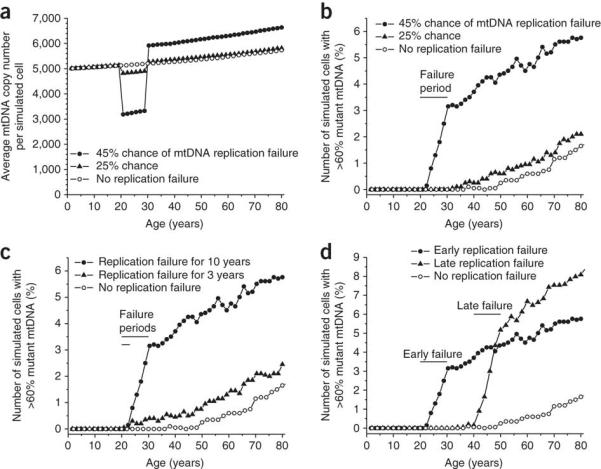Figure 5. Simulations of the effects of partial mitochondrial DNA (mtDNA) replication failure due to nucleoside analog (NRTI) exposure.

Using a validated computer model of mtDNA replication based solely on experimentally derived parameters 22, we incorporated a finite period of partial replication failure due to the mtDNA chain-terminating effects of NRTI exposure 9, assigning a probability of failure per mtDNA replication event. All other parameters remained constant, including the de novo mutation rate 22. 2000 cells were simulated for 80 years. (a) The amount of mtDNA depletion during the NRTI exposure period caused by 25% and 45% probability of replication failure between 20 and 30 years-of-age. (>50% failure led to the complete loss of mtDNA). The range of mtDNA depletion predicted is in keeping with published in vivo data12,23. (b) This led to a persistent increase in the frequency of COX (cytochrome c oxidase) deficient cells through the accelerated clonal expansion of pre-existing somatic mtDNA mutations. (c) Direct simulation of the effects of NRTI exposure within our study population (two different periods, 10 and 3 years, starting at age 20, of replication failure with 45% probability). The range of COX defects predicted closely fits our empiric data. (d) Late exposure (40 – 50 years) had a more pronounced effect than early exposure (20 – 30 years) (with 45% probability of replication failure) due to the higher number of pre-existing (age-related) somatic mtDNA mutations at the time of exposure.
